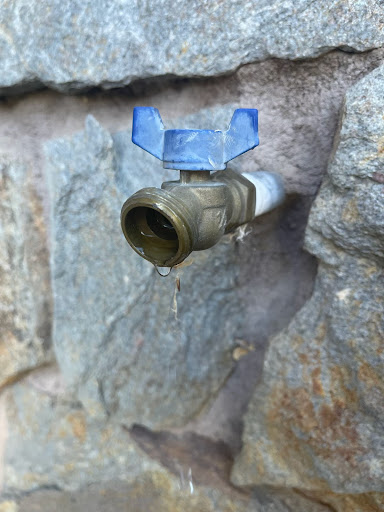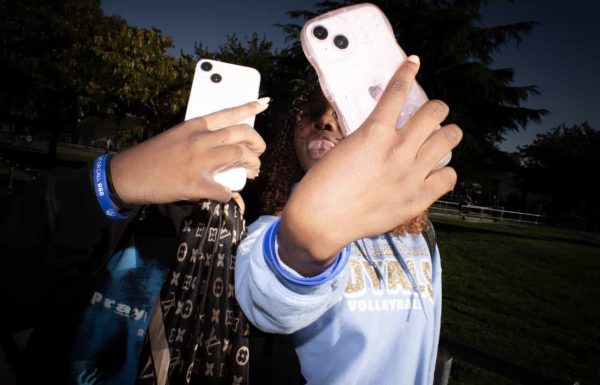California Drought: We Need to do More

Picture by Aaron Limb
California has always been in some stage of an ongoing drought. Hearing about our state’s reservoirs and water supplies from the Sierra Nevada snowpack and the Colorado River at historic lows has become expected, causing most of us to feel desensitized to the problems facing us. The fact is, according to the U.S. Drought Monitor, California has been in a drought since 2000, which is before most high school students were born. To us, this seems normal. But this year, I feel our thirsty state has finally reached a critical point where drastic changes are needed to secure an adequate water supply for our communities.
If you haven’t noticed, we live in the desert, and the effects of the current drought are palpable. As you pass homes in your neighborhood, you have probably seen that our county’s water rationing measures have taken a toll on many lawns, which are turning brown and dying. Also, many fountains in public places have been temporarily shut off, including our school. This is partly due to our state’s water conservation efforts which were once voluntary but have now become mandatory with stiff surcharges for those who do not follow guidelines.
It seems the time has come when this problem can no longer be ignored, and we must do our part in the conservation effort. To this, you might ask what impact a high school student could possibly have on alleviating the statewide water shortage problem. And considering that 80% of water is used by agriculture, one could argue that it is the farmers who should be forced to provide a solution. And in fact, there are many efforts made by the state to do just that. But at a time when experts describe the current California drought as the “worst in 1,200 years” and that our water system has reached “critically low levels,” we all need to make a valiant effort in conserving water and supporting water recycling programs.
So as high school students, what can we do? According to the State of California Drought Action agency, here are some water-saving tips our communities can implement.
- We can limit our showers to five minutes. When using a water-efficient showerhead, it can save 12.5 gallons every single time. For people that take baths, 12 gallons of water can be saved by filling the bathtub halfway or less. Also, we should turn off the water when we brush our teeth or shave. These daily tasks do not need water to run while doing them. We need to get in the habit of turning off the faucet and teaching our family members to do so as a water conservation way of life. Doing so can save every single person more than 10 gallons of water a day.
- Next, before washing our clothes or using the dishwasher, we should double-check that it is completely full. This can save 15-45 gallons every time you wash clothes and 5-15 gallons when washing the dishes.
- Another important thing is to fix leaky faucets and hose connections. One drip every second has the capability of wasting 3,200 gallons a year.
- When cleaning the outdoor areas, we should use dry items like brooms to clean instead of using a hose to spray down the patio and walkways. This can save as much as 8-18 gallons of water every minute.
As high school students, we can make a difference in water conservation through changes in our daily activities, saving 10 to 100 gallons of water a day. At a time when every drop counts, that’s a lot!

A supernatural force from that Spider-Man door pulled me in again. Am I still excited? Of course.
Hello Royals, my name is Aaron Limb, and I will be...







